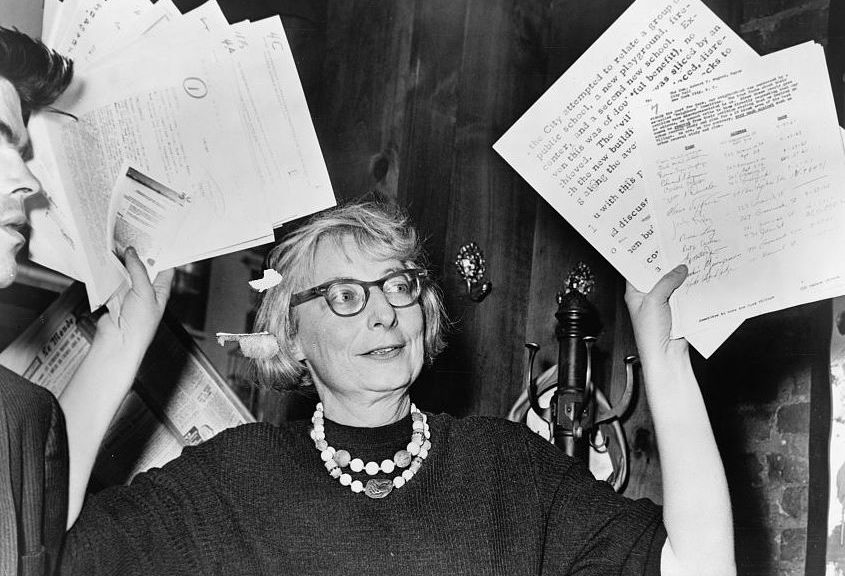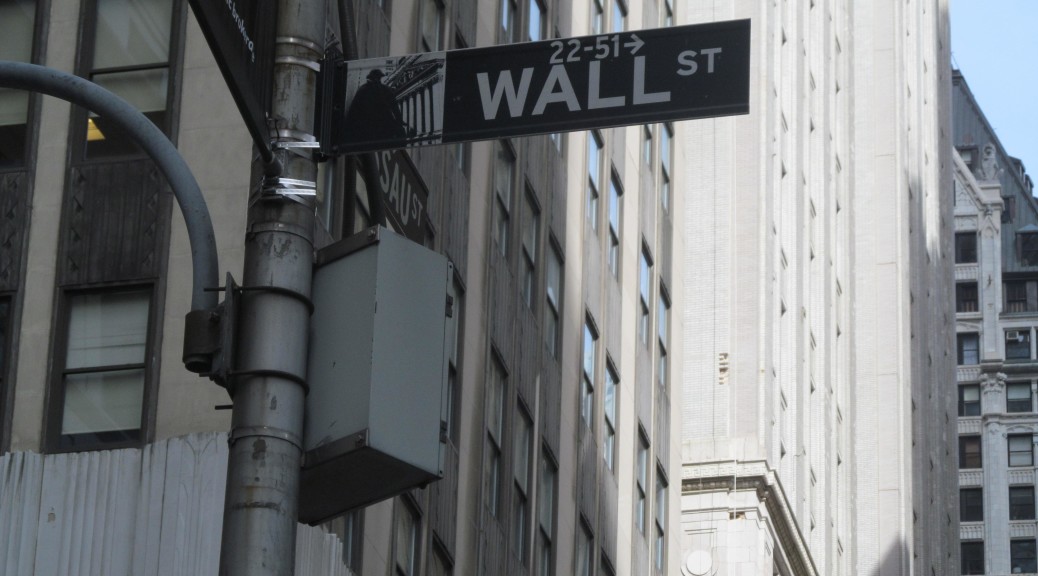
This episode of Economics Detective Radio features Pierre Desrochers discussing the life and work of Jane Jacobs. Jacobs, born Jane Butzner, was a thinker and activist who wrote about cities. She spent her early career as a business journalist. When she started writing about urban renewal, she recognized the policy for the disaster it was. Jacobs became a voice for the general dissatisfaction with a policy that would bulldoze whole neighbourhoods, relocating the inhabitants into new buildings preferred by urban planning reformers and political elites.
The editors of Fortune Magazine invited Jacobs to write a piece about downtowns. Her piece, “Downtown is for People” became the magazine’s most-discussed article. She developed the ideas in that article into her first and most famous book, The Death and Life of Great American Cities . The book launched her as a minor celebrity.
. The book launched her as a minor celebrity.
In New York City, she successfully opposed initiatives to “renew” Greenwich Village. She also opposed a plan that would have cut a highway through SoHo, Chinatown, and Little Italy. Eventually she found herself opposing the Vietnam War, and, fearing that one of her sons would be drafted, moved to Toronto.
Jacobs’ most important contributions to economics came in her second book, The Economy of Cities . Jacobs is essentially a spontaneous order theorist, though she never used that term. Her concept of entrepreneurship is particularly rich and dynamic. Unlike most economists (even Austrians) she has no urge to talk about how entrepreneurship leads us closer to equilibrium.
. Jacobs is essentially a spontaneous order theorist, though she never used that term. Her concept of entrepreneurship is particularly rich and dynamic. Unlike most economists (even Austrians) she has no urge to talk about how entrepreneurship leads us closer to equilibrium.
Her largest influence on the mainstream economics literature is the so-called “Jacobs externality.” Jacobs suggested that innovation would often come from outsiders to a given industry, so having many diverse industries clustered in a small geographic area would lead to innovation. The alternative thesis, associated with Alfred Marshall and later Paul Romer, holds that when a region specializes in a particular industry it allows knowledge spillovers to occur between similar firms. There has been significant empirical research to try to resolve these two opposing views, with Jacobs often coming out the winner.
You can read Pierre’s work on Jane Jacobs at his academic website.
Download this episode.
Subscribe to Economics Detective Radio on iTunes or Stitcher.
The post Jane Jacobs as Spontaneous Order Theorist with Pierre Desrochers appeared first on The Economics Detective.


